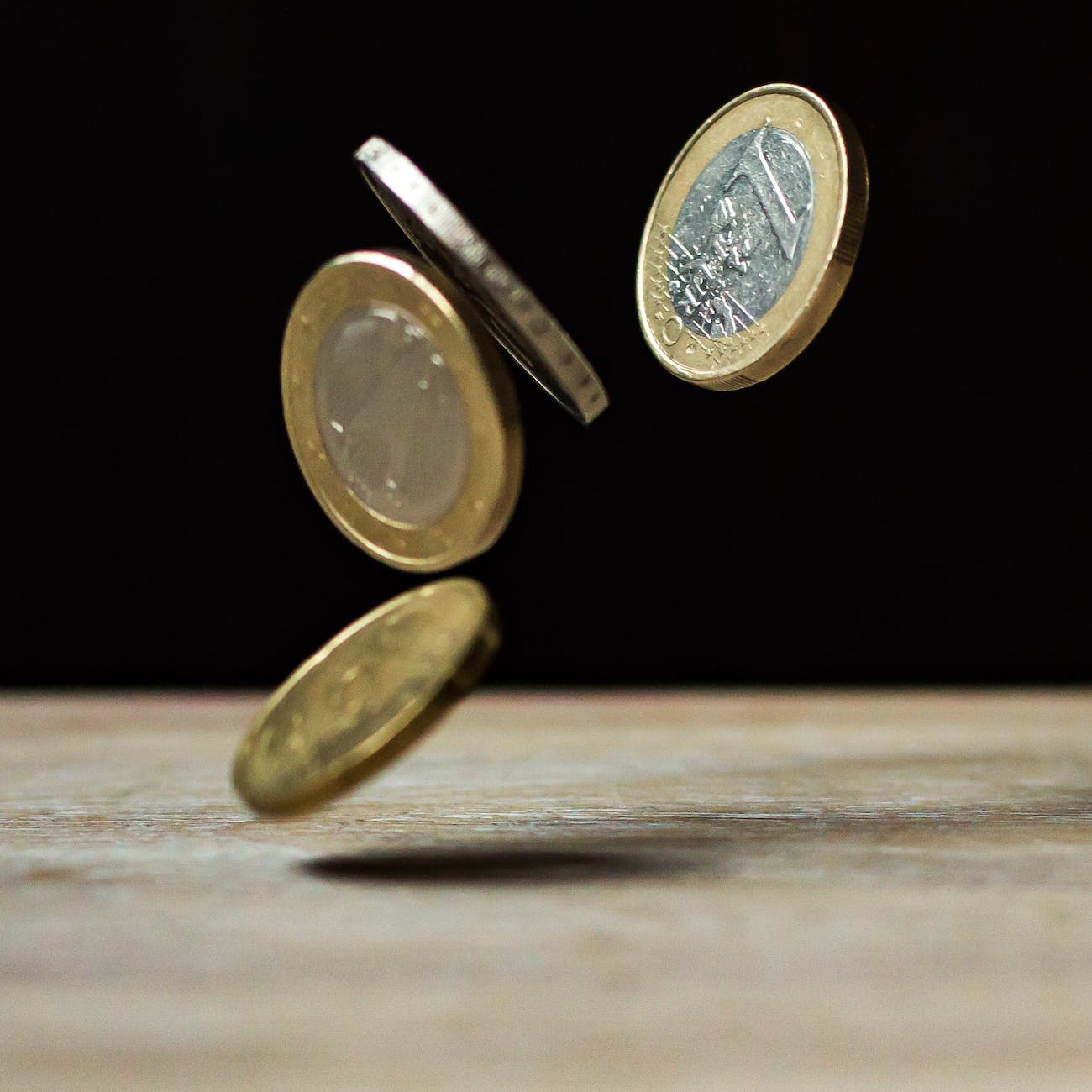Welcome to our comprehensive guide on building an emergency fund. In this article, we will provide you with all the necessary information and strategies to create a solid financial safety net. An emergency fund is a crucial aspect of financial planning that ensures you are well-prepared for unexpected expenses, job loss, or any other financial crisis that may arise.
Why You Need an Emergency Fund
Having an emergency fund is essential for several reasons. It provides you with a sense of security and peace of mind, knowing that you have a financial cushion to fall back on during challenging times. Here are some key reasons why you should prioritize building an emergency fund:
- Unforeseen Expenses: Life is full of surprises, and unexpected expenses can arise at any moment. Whether it’s a medical emergency, car repairs, or home maintenance, having an emergency fund allows you to cover these expenses without relying on credit cards or loans.
- Job Loss or Income Reduction: In today’s uncertain economy, no job is completely secure. An emergency fund acts as a buffer if you face job loss or a significant reduction in income. It gives you time to find a new job or adjust your budget without falling into financial distress.
- Peace of Mind: Knowing that you have a financial safety net provides a sense of calm during stressful situations. It allows you to focus on finding solutions without worrying about immediate financial obligations.
How Much to Save in an Emergency Fund
The amount of money you should save in your emergency fund depends on various factors, such as your monthly expenses, lifestyle, and job stability. While there is no one-size-fits-all answer, a general guideline is to aim for at least three to six months’ worth of living expenses.
To calculate the target amount for your emergency fund, add up all your essential monthly expenses, including housing, utilities, groceries, transportation, and debt payments. Multiply this total by the number of months you want to cover (e.g., three or six). The resulting sum will give you a realistic savings goal.
Building Your Emergency Fund: Strategies and Tips
Now that we understand the importance of an emergency fund and how much to save, let’s explore some effective strategies to help you build your fund efficiently:
- Create a Budget: Start by assessing your current income and expenses. Track your spending habits and identify areas where you can cut back. Allocate a portion of your monthly income specifically for your emergency fund.
- Automate Savings: Set up an automatic transfer from your checking account to your emergency fund savings account. This ensures that a portion of your income is consistently directed towards your fund without requiring manual intervention.
- Reduce Debt: Prioritize paying off high-interest debts, such as credit card balances or personal loans. By reducing your debt burden, you’ll have more disposable income available to contribute towards your emergency fund.
- Increase Income: Consider exploring additional income streams to accelerate your emergency fund growth. This could involve taking up a side gig, freelancing, or leveraging your skills for extra earnings.
- Cut Unnecessary Expenses: Review your monthly expenses and identify discretionary items that can be temporarily eliminated or reduced. Redirect the money saved from these cutbacks into your emergency fund.
The Power of Compound Interest
One aspect often overlooked when building an emergency fund is the potential for growth through compound interest. Instead of storing your emergency fund in a regular savings account, consider opening a high-yield savings account or a money market account. These types of accounts offer higher interest rates, allowing your money to grow over time.
To demonstrate the power of compound interest, consider the following example:
graph LR
A(Initial Investment)
B{Interest Compounding}
C(Final Amount)
A --> B
B --> CBy leveraging compound interest, your emergency fund can grow substantially over time, providing you with even greater financial security.
Maintaining Your Emergency Fund
Once you’ve built your emergency fund, it’s important to maintain it properly. Here are a few guidelines to follow:
- Regularly Reassess Your Expenses: Periodically review your monthly expenses to ensure your emergency fund still aligns with your financial needs. Adjust the target amount if your circumstances change.
- Avoid Temptation: Remember that your emergency fund is for genuine emergencies only. Avoid dipping into it for non-essential expenses. Stick to your budget and find alternative solutions for discretionary spending.
- Replenish the Fund: If you need to withdraw from your emergency fund, make it a priority to replenish the amount as soon as possible. Aim to rebuild your fund to its original target within a reasonable timeframe.
Conclusion
Congratulations on taking the first step towards building an emergency fund! In this comprehensive guide, we have discussed the importance of having a financial safety net, how much to save, and effective strategies to grow and maintain your emergency fund. By implementing these strategies and making saving a priority, you can ensure your financial well-being and have peace of mind during unexpected situations. Start today and secure your financial future!
Remember, building an emergency fund requires discipline, commitment, and patience. Stay focused on your goals, and you’ll be well-prepared to face any financial challenges that come your way.
Note: The above information is provided for educational purposes only and should not be considered financial advice. Consult with a professional financial advisor for personalized guidance tailored to your specific circumstances.











